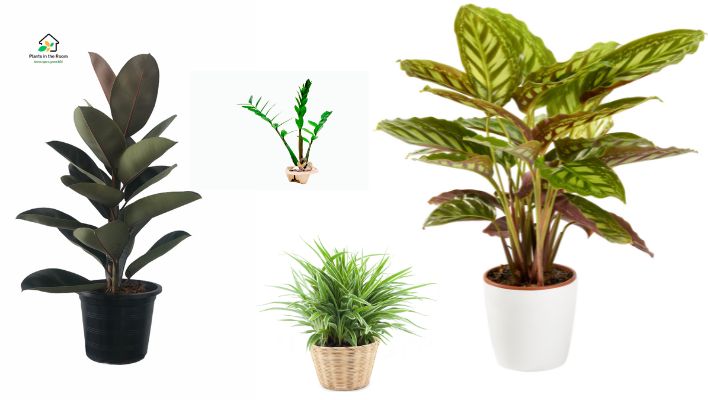This article covers the following areas –
- Factors to Consider While Selecting Plants for Kids Zone
- 12 Houseplants for Children’s Playzone
- In Conclusion
As a plant enthusiast, I really thought about the benefits that indoor plants bring not only to our homes but also to the lives of the little ones around us. Adding indoor plants into children’s play zones is an excellent way to bring nature into their space while teaching them about responsibility and nurturing.
In this article, I’ll share with you the indoor plants that kids love in their play zones and why they make such a positive impact.
Indoor plants in children’s play zones create a fun, healthy environment. Popular choices include spider plants, marantas, succulents, air plants, ferns, and rubber plants. However, You must prioritize safety, durability, and easy maintenance while selecting plants for kids’ gaming zone.
Now, first, let’s talk about some factors that every parent should consider when adding some indoor plants to their children’s play zone. later, I’ll provide a list of 12 plants that are the best choices for children’s game zone.
Factors to Consider While Selecting Plants for Kids Zone
When selecting indoor plants for a children’s play zone, it’s important to consider several factors to ensure the plants are safe, engaging, and beneficial for the kids. Here are some key factors to keep in mind:
1) Safety
When selecting plants for a children’s play zone, ensuring their safety is crucial. Young children are naturally curious and may be tempted to touch, explore, or even taste the plants. To prevent any accidental ingestion of harmful substances, choose plants that are non-toxic and safe for children.
Before bringing a plant into the play zone, research its toxicity level by consulting resources like the ASPCA’s list of toxic and non-toxic plants. Also, place plants with delicate or sharp parts in areas that are out of reach of little hands.
2) Durability
Children’s play zones can be bustling and energetic, so it’s important to choose plants that can withstand some rough handling or accidental bumps. Tough plants with thicker leaves or strong stems are generally more resilient and less prone to damage.
Examples of durable plants include rubber plants, ZZ plants, and snake plants. These plants can better handle the occasional curious touch or accidental bump without breaking or losing leaves.
3) Easy Maintenance
Low-maintenance plants are ideal for children’s play zones, as busy families or caretakers may not have the time to provide extensive plant care. Select plants that require minimal watering, can tolerate a range of lighting conditions, and are less prone to pests and diseases.
Succulents, spider plants, and pothos are examples of low-maintenance plants that are well-suited for play zones.
4) Air-purifying Properties
NASA study report says that some indoor plants can help improve indoor air quality. Incorporating such plants can create a healthier environment for children to play in. Many plants remove pollutants like formaldehyde, benzene, and xylene from the air and produce oxygen, contributing to a cleaner and fresher atmosphere.
Some air-purifying plants to consider for a play zone include peace lilies, Boston ferns, and snake plants.
5) Visual Appeal
Plants with interesting shapes, colors, and textures can engage children’s curiosity and imagination. Look for plants that have unique features or patterns, such as the polka dot plant with its brightly speckled leaves, the intriguing Swiss cheese plant with its perforated foliage, or the eye-catching maranta with its patterned leaves that move throughout the day.
6) Size and Growth Rate
Choose plants that are appropriate for the size of the play zone and won’t grow too large too quickly. Overgrown plants may take up too much space, obstruct views, or become difficult to manage. Go for plants with a moderate growth rate and a size suitable for the space. If necessary, you can trim or prune the plants to maintain their size and shape.
7) Lighting Requirements
Ensure the plants you choose can thrive in the available light conditions in the play zone. Some plants may need more sunlight than others, so select plants that are suited to the specific conditions of the space.
For example, if the play zone has low light, choose plants like snake plants, pothos, or ZZ plants that can tolerate low light conditions. If the space has ample natural light, consider plants like areca palms or spider plants that enjoy bright, indirect light.
8) Mess-free
To keep the play area clean and safe, go for plants that don’t shed leaves or have soil that easily spills out of the pot. Plants with a compact growth habit or those that require little to no soil, like air plants, are excellent choices. Additionally, consider using self-watering pots or drip trays to catch excess water and prevent spills.
9) Educational Value
Plants can provide learning opportunities for children, such as those with unique growth habits, those that change throughout the day, or those that attract pollinators like butterflies.
For example, the prayer plant (maranta) can teach children about the daily movement of leaves, while a butterfly-attracting plant like the pentas can help them learn about the importance of pollinators.
Engaging children in the care and maintenance of plants can also teach them about responsibility, nurturing, and the life cycle of plants. Encourage children to observe the plants closely, ask questions, and participate in their care to foster a sense of curiosity and connection with the natural world.
10) Allergen Considerations
When selecting plants for a children’s play zone, it’s crucial to be aware of any potential allergens that may affect children with sensitivities. Avoid indoor plants that are known to cause allergic reactions, such as certain types of pollen-producing plants or those with strong scents that may irritate sensitive individuals.
Some plants, like the peace lily or the areca palm, have been reported to help reduce indoor allergens by filtering airborne particles. However, it is essential to monitor children’s reactions and consult with a medical professional if allergies or sensitivities are a concern.
By considering these factors when selecting indoor plants for a children’s play zone, you can create a safe, engaging, and beneficial environment for kids to learn, grow, and enjoy. The right plants can help spark their curiosity, develop their sense of responsibility, and contribute to a healthier play area.
12 Houseplants for Children’s Playzone
In this section, I’ll talk about 12 incredible indoor plants that are perfect for children’s play zones. These plants not only add visual interest but also create a fun, engaging, and healthy environment for kids. I have chosen them since these plants will captivate children’s imaginations and help them develop a love for nature.
#1 Spider Plant (Chlorophytum comosum)

Kids are fascinated by the spider plant. Its long, arching leaves and baby plantlets that dangle from the mother plant create a playful atmosphere in their play area. Spider plants are not only easy to care for but also help purify the air.
The fun appearance of the spider plant makes it an attractive addition to a play zone, and its resilience means it can withstand some rough handling from curious little hands.
Why Spider Plants are a good choice for children:
- Playful appearance with dangling baby plantlets.
- Attractive, arching leaves.
- Easy to care for, allowing kids to learn about plant care.
#2 Maranta (Maranta leuconeura)
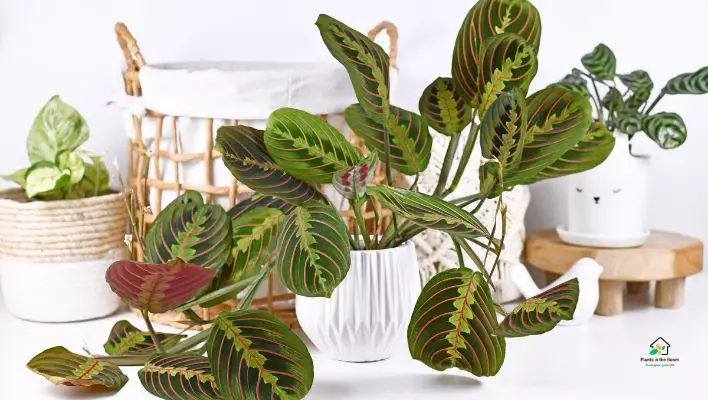
The prayer plant, or maranta, captivates children with its fascinating movement. The leaves fold up at night and open again in the morning, keeping kids engaged and intrigued. The striking patterns and colors on the leaves spark their creativity and imagination. Maranta is easy to care for, and its non-toxic nature means it’s safe for kids to touch and explore.
Why Marantas are a good choice for children:
- Intriguing movement of leaves folding at night and opening in the morning.
- Striking patterns and colors on the leaves.
- Safe to touch and explore.
#3 Succulents
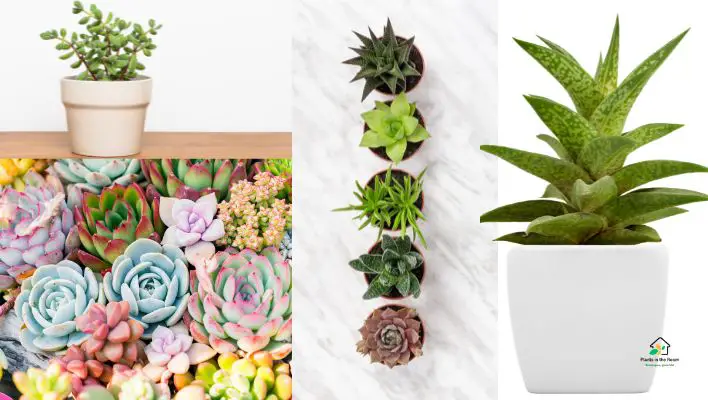
Succulents are a big hit with children due to their unique shapes, colors, and textures. Their low-maintenance nature makes them perfect for busy families, and their visual appeal keeps kids interested. Safe succulents for children’s play zones include jade plants, echeverias, and haworthias.
Why Succulent Plants are a good choice for children:
- Unique shapes, colors, and textures.
- Low-maintenance, perfect for kids to learn plant care.
- Many varieties to choose from, keeping children engaged.
#4 Air Plants (Tillandsia)
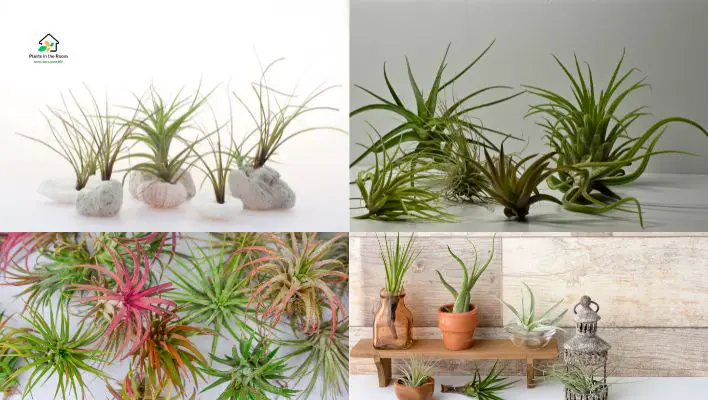
Air plants are an exciting addition to a play area. These unique plants don’t need soil to grow, making them fascinating to children. Kids can handle and explore air plants without worrying about making a mess. Plus, their intriguing shapes and colors inspire creativity.
Why Air Plants are a good choice for children:
- Soil-free growth, offering a mess-free exploration.
- Fascinating shapes and colors.
- Lightweight and easy to handle.
#5 Boston Fern (Nephrolepis exaltata)

Boston ferns, with their lush green fronds, are a favorite among kids. They enjoy watching the fronds sway and move, creating a dynamic and engaging play environment. Boston ferns are easy to care for and non-toxic, making them a safe choice for play zones.
Why Boston Ferns are a good choice for children:
- Lush, green fronds that sway and move.
- Easy to care for and non-toxic.
- Creates a dynamic and engaging play environment.
#6 Polka Dot Plant (Hypoestes phyllostachya)
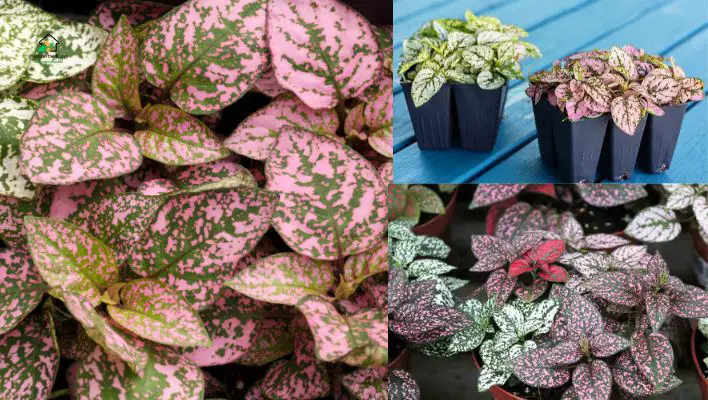
The polka dot plant is a fun and colorful choice for a play area. Its leaves are covered in bright, contrasting dots that kids find mesmerizing. The polka dot plant is easy to care for and can adapt to various lighting conditions, making it an ideal addition to children’s play spaces.
Why Polka Dot Plants are a good choice for children:
- Bright, contrasting dots on the leaves.
- Easy to care for and adaptable to various lighting conditions.
- Encourages children’s creativity and imagination.
#7 Rubber Plant (Ficus elastica)
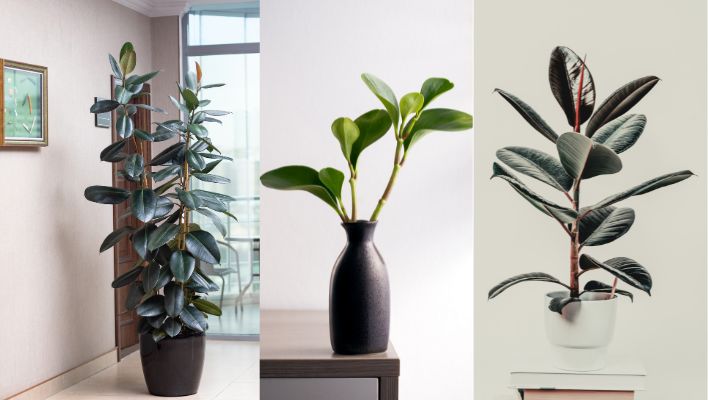
The rubber plant is a sturdy and visually striking option for a play zone. Its large, glossy leaves can handle some rough play from kids, and its air-purifying abilities contribute to a healthy environment. The rubber plant’s non-toxic nature makes it safe for children to interact with.
Why Rubber Plants are a good choice for children:
- Sturdy, glossy leaves that can withstand rough play.
- Air-purifying abilities.
- Non-toxic and safe for children to interact with.
#8 Areca Palm (Dypsis lutescens)
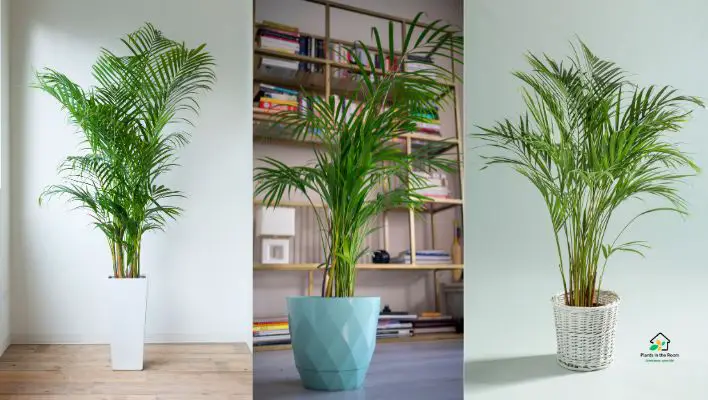
Areca palms bring a touch of the tropics to a play area. Their feathery fronds create a sense of adventure and exploration for children. Areca palms are easy to care for and can help improve indoor air quality, making them a healthy and engaging addition to a play zone.
Why Areca Palms are a good choice for children:
- Feathery fronds evoke a sense of adventure and exploration.
- Easy to care for and improves indoor air quality.
- Tropical appearance that adds excitement to the play area.
#9 ZZ Plant (Zamioculcas zamiifolia)
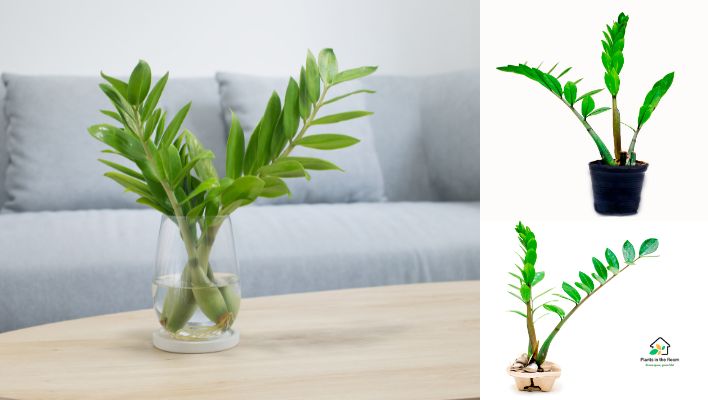
The ZZ plant is a low-maintenance and hardy option for a children’s play area. Its thick, glossy leaves are both visually appealing and durable, making it a great choice for spaces where kids might be a bit rough with the plants. The ZZ plant is also known for its air-purifying qualities, contributing to a healthier play environment.
Why ZZ Plants are a good choice for children:
- Thick, glossy leaves that are visually appealing and durable.
- Air-purifying qualities.
- Low-maintenance and easy to care for.
#10 Ponytail Palm (Beaucarnea recurvata)
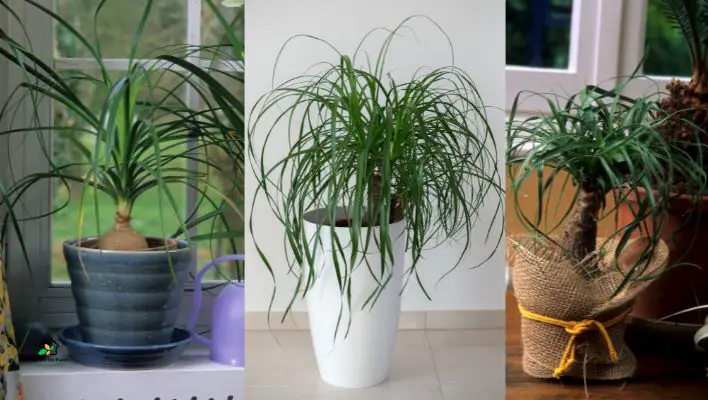
The ponytail palm, with its unique bulbous base and long, cascading leaves, is a fun and engaging plant for kids. This plant is easy to care for, drought-tolerant, and non-toxic, making it an ideal addition to a children’s play zone.
Why Ponytail Palms are a good choice for children:
- Unique bulbous base and long, cascading leaves.
- Easy to care for and drought-tolerant.
- Non-toxic, making it safe for children to be around.
#11 Peperomia
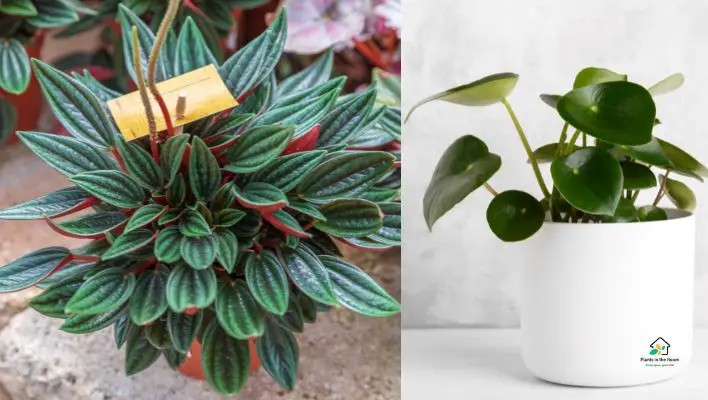
Peperomia plants come in various shapes, sizes, and colors, capturing children’s attention and imagination. These plants are low-maintenance and require minimal watering and care. Peperomia’s non-toxic nature makes them safe for kids to touch and explore.
Why Peperomia Plants are a good choice for children:
- Various shapes, sizes, and colors capture their attention and imagination.
- Low maintenance, requiring minimal watering and care.
- Non-toxic, making them safe for kids to touch and explore.
#12 Swiss Cheese Plant (Monstera deliciosa)
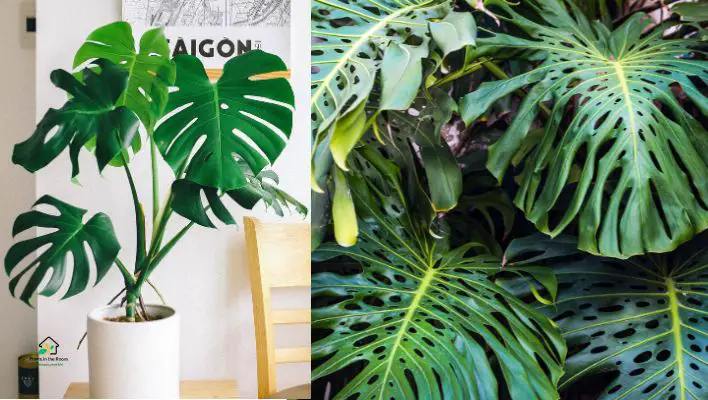
The Swiss cheese plant is an eye-catching option for a play area, with its large, uniquely perforated leaves. This plant is relatively easy to care for and can grow quite large, creating a jungle-like atmosphere for kids to enjoy. Although the plant is considered mildly toxic if ingested, it is generally safe for kids to be around if they are supervised.
Why Swiss Cheese Plants are a good choice for children:
- Large, uniquely perforated leaves that create a jungle-like atmosphere.
- Relatively easy to care for, teaching children about responsibility and nurturing.
- Adds visual interest to the play area, sparking their creativity.
In Conclusion
Incorporating indoor plants into children’s play zones is an excellent way to create a fun, healthy, and engaging environment for kids to learn and grow. These plants not only add visual interest to the space but also help purify the air and teach children about responsibility and nurturing.
As a plant enthusiast, I highly recommend considering some of these indoor plants for your children’s play zone, as they can make a positive impact on their well-being and development.

